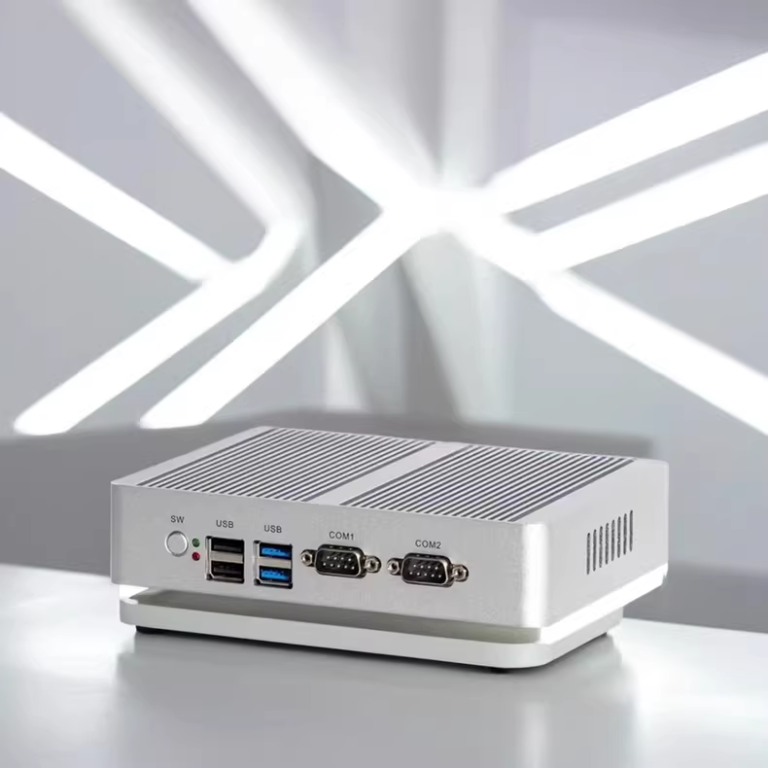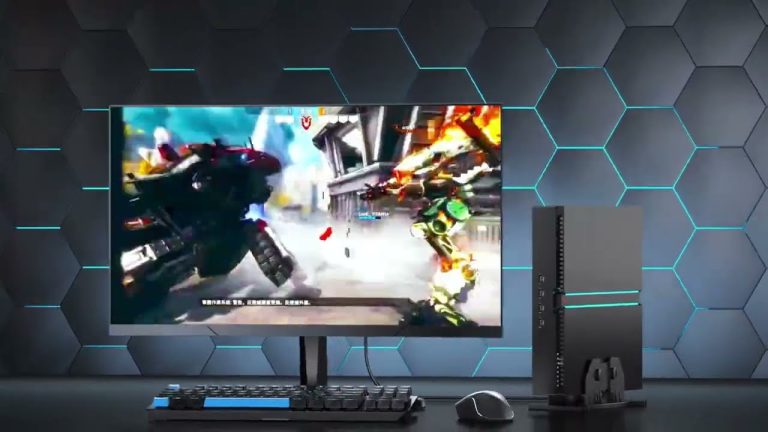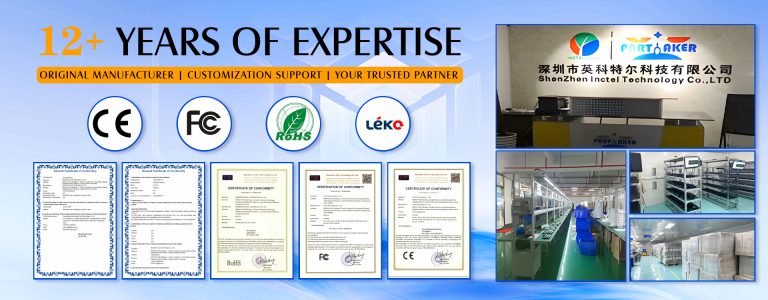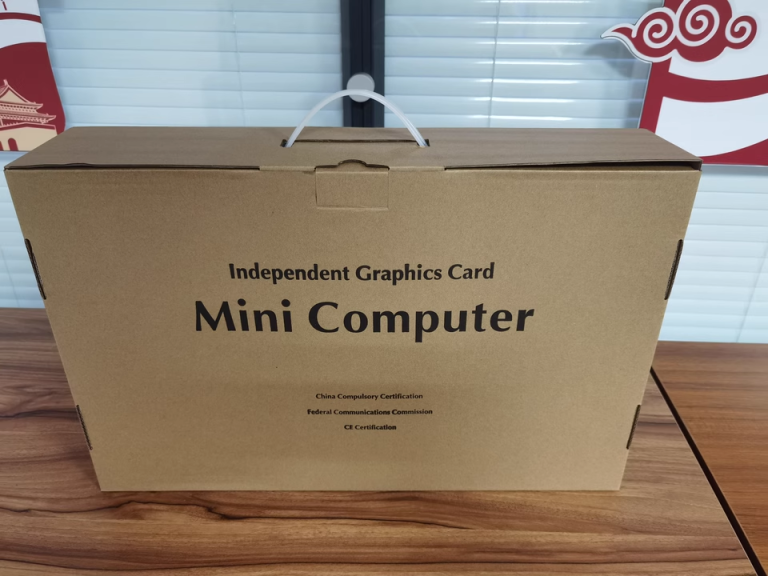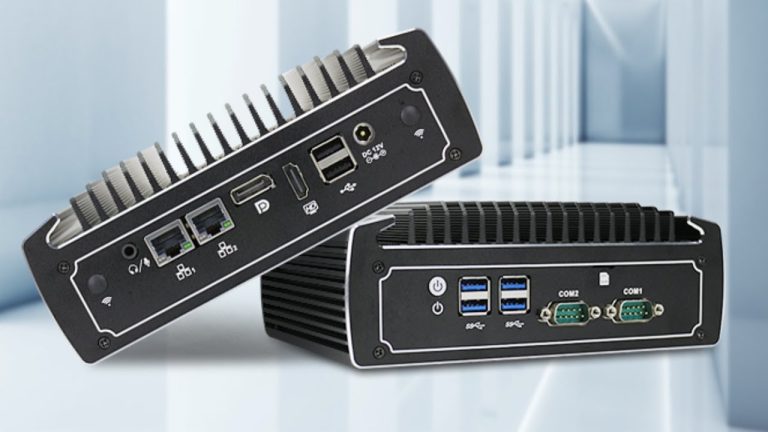Living in the modern, interconnected world means you pay more attention to your home network’s security. Employing a mini PC as a firewall has a great variety of applications, and with this setup, you have an efficient and quite cheap method to secure your digital life. This tutorial will walk you through how to pick the right specification of a mini PC, create installation media, and set up firewall software to protect your network from various kinds of threats.
1. Select Your Mini PC
Choosing the right mini PC for a firewall involves ensuring it has sufficient network interfaces and processing capabilities. A typical setup requires at least two network interfaces: one for the WAN (internet connection from the ISP) and one for the LAN (connecting internal network devices). Mini PCs like the Protectli Vault or HP EliteDesk are favored due to their dual NICs, compact size, and robust processing power. They are well-suited for network tasks and running advanced firewall functionalities without performance lags. It’s also essential to consider the mini PC’s compatibility with your chosen firewall software and its support for future updates and expansions.
2. Prepare Installation Media
Obtain the appropriate installation image from the official pfSense or OPNsense websites. This image file is usually an ISO that you need to write to a USB drive for installation. Tools like Rufus or Win32 Disk Imager are recommended for this purpose because they are reliable for creating bootable drives and support various file systems, ensuring that the installation media is prepared correctly without data corruption. The correct preparation of the installation media is crucial as it prevents installation errors and potential security vulnerabilities.
3. Install the Firewall Software
To install the firewall software on your mini PC, begin by inserting the prepared USB drive. Boot the mini PC from this drive, which typically involves modifying the boot order in the BIOS settings to prioritize USB devices. During the installation process, you will be prompted to select the destination disk where the software will be installed. It is important to choose the correct storage drive to avoid overwriting any existing data. After selecting the disk, you will configure the basic network settings, including assigning IP addresses to the interfaces. This setup is critical as it determines how the firewall will interact with both the internet and your internal network, enabling protective measures and traffic management based on these configurations.
4. Configure the Firewall
Connect a computer to the LAN port of your mini PC and type the IP address set during the installation into a web browser. This interface allows you to manage and set up detailed firewall rules that define what traffic is allowed or blocked. Additionally, you can configure Network Address Translation (NAT) settings, which allow multiple devices on your local network to access the internet using a single public IP address. Setting up virtual LANs (VLANs) is also crucial if you want to segment your network into different logical sections for enhanced security and management of traffic based on groups or usage types.
5. Connect Devices
Connect your mini PC’s WAN port to your ISP’s modem, and the LAN port to your home router or network switch. This will channel all incoming and outgoing network traffic through the firewall, which can then inspect and manage the traffic based on rules set up for that purpose. This will not only secure your network from further threats but also enable features like intrusion detection, shaping of the traffic for bandwidth management, and proving a robust network management system.
6. Test
Internet connectivity test, browsing through various websites, and usage of different network services in order to ensure that all the traffic is effectively passing through the firewall. Test the network speeds and connectivity regularly to identify any potential issues well in advance.
Final Words
Setting up a mini PC as a home network firewall is a powerful way to control and secure your internet traffic. Each step, from choosing appropriate hardware to advanced firewall settings, is crucial in developing a more secure and efficient network. Once this mini PC is in place, your network will be safeguarded against threats while you are enlightened equally on how to manage your traffic and performance inside your network.
FAQs About Firewall Mini PC
What are the hardware requirements for a mini PC to be used as a firewall?
It should have at least two network interfaces—one for the WAN connection and one for the LAN, and enough processing power and RAM to handle the traffic of your network without slowing down. Generally, a dual-core processor and 4 GB of RAM are considered the minimum for basic tasks, but more demanding environments may require stronger specifications.
Can a mini PC handle advanced firewall tasks like VPNs, traffic monitoring, and intrusion prevention?
Yes, a suitably equipped mini PC can handle advanced tasks such as VPN hosting, traffic monitoring, and intrusion prevention systems like Suricata or Snort. The key factor is the processor’s capabilities, especially with tasks that are CPU-intensive, like VPN encryption or deep packet inspection. For such tasks, choosing a mini PC with a more powerful processor and additional RAM can be beneficial.
Is it possible to revert back to the original OS after installing a firewall OS on a mini PC?
Yes, it is possible to revert back to the original OS if you decide to stop using your mini PC as a firewall. This process typically involves creating a backup of the original OS before installing the firewall software or using recovery media to reinstall the original OS. It’s a good practice to keep a backup of your initial setup to facilitate easy restoration if needed.
How does the performance of a mini PC as a firewall compare to traditional hardware firewalls?
Mini PCs can offer comparable performance to dedicated hardware firewalls for small to medium-sized network environments. They are particularly effective for cost-sensitive deployments where customizability and footprint are important. However, in high-throughput environments or situations requiring specialized hardware accelerations (like high-speed packet processing), traditional hardware firewalls might still hold an advantage.
What are the power consumption considerations when using a mini PC as a firewall?
Mini PCs are generally designed to be energy-efficient, which makes them suitable for 24/7 operation as firewalls without significantly impacting electricity costs. Typical power usage ranges from 10 to 20 watts, substantially lower than that of a full-sized PC or larger network equipment. It’s important to consider the power requirements of additional components if you’re planning on using add-ons like multiple NICs or specialized networking modules.
How do I handle network segmentation using a mini PC as a firewall?
Network segmentation in a mini PC running firewall software like pfSense or OPNsense is configured using VLANs. This allows segregating network traffic into various segments, each with their own security policies and controls, hence increasing network security and performance overall. This setup fits well in environments where sensitive data has to be handled or guest networks are frequent.
What should I do if the mini PC firewall fails or crashes?
In case of failure or crash of your mini PC firewall, the first thing to try is a reboot; afterwards, one may want to look at the system logs for what might have caused the issue. Regular backups of your configuration settings are crucial and can help restore your system quickly. If hardware failure is suspected, it may be necessary to replace the unit. Ensuring that you have a support plan or technical expertise available can mitigate downtime and help maintain network security integrity.






